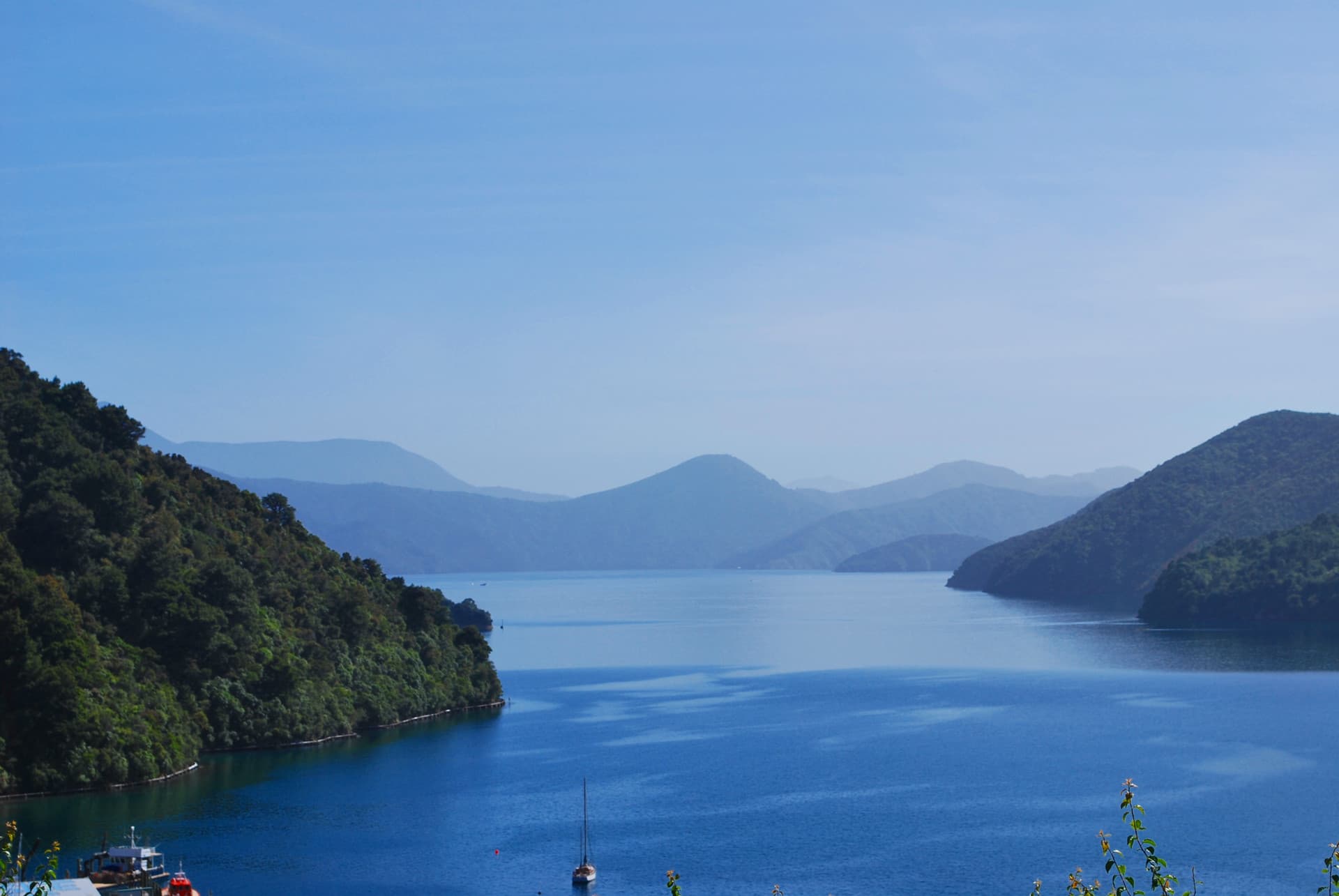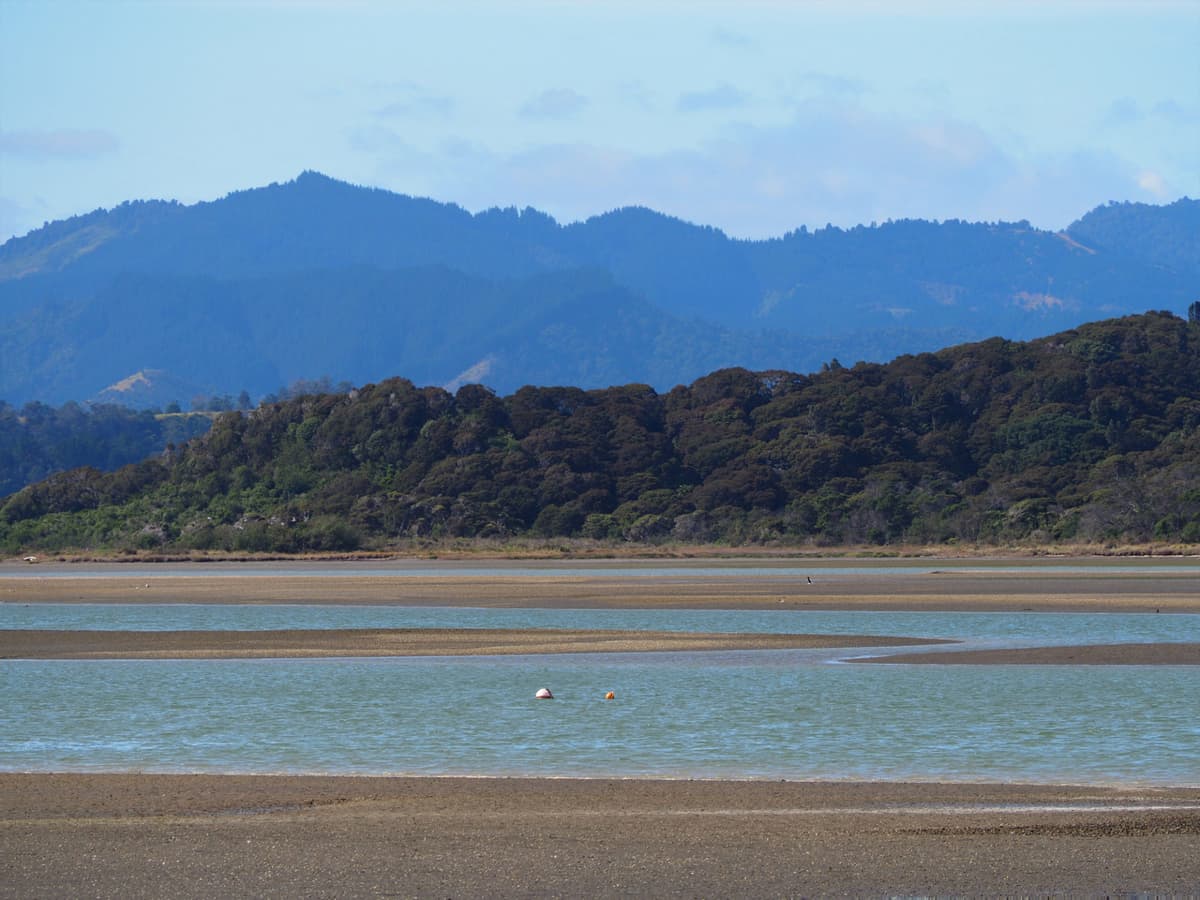

Posted on Friday 4 August 2023
Kina (Evechinus chloroticus) is a sea urchin found in shallow waters around Aotearoa New Zealand. Despite being an endemic species, if populations become out of control then their largely herbivorous diet can lead to kelp forests being entirely eaten away, leaving areas of bare substrate known as kina barrens.
Kina barrens across Tōtaranui (Queen Charlotte Sound) have been part of research undertaken by the Ecological responses to cumulative effects project, which is bringing together mātauranga Māori and science to develop new knowledge about cumulative effects.
In May 2022, kina were removed from barrens at four locations in Tōtaranui (Figure 1). The aim was to examine the effects of kina on the health of kelp and rimurimu (seaweed) forests in the sound, and to improve our understanding of the potential of kina removal as a tool for kelp recovery. Researchers returned to the study sites every 2-3 months to remove kina that had spread from neighbouring barrens, along with monitoring other environmental parameters such as water temperature and underwater light levels.

Figure 1: Tōtaranui kina removal site locations, with inset image of Meretoto removal area as an example (red line shows urchin removal area). Credit: Nick Shears (University of Auckland).
One year after the initial removal of kina, the research team returned to Tōtaranui to carry out a survey of the four sites and see what has changed.
What they found was varying degrees of rimurimu recovery across all four sites. The most striking recovery was at Motutara Island, where around 200 giant kelp (Macrocystis pyrifera) plants up to 4.5 metres in length were found (Figure 2). Smaller kelp and seaweed species such as Ecklonia radiata and Carpophyllum flexuosum were also found throughout this removal area.

Figure 2: Kina barren at Motuara Island (left) before removal of kina, and one year after (right; photo by R Dunmore).
The other sites also showed positive signs, with increases of C. flexuosum and C. maschalocarpum at the Meretoto and Tahuahua sites. The research team was particularly encouraged by the appearance of several young E. radiata plants at the Meretoto site, as this species had not been observed there prior to kina removal.
In the nearby control barrens where kina were not removed, rimurimu remained rare and there was no observable change since the first survey in 2022.
While it is still early days, these findings highlight the capacity of different kelp and rimurimu species to naturally colonise areas of kina barrens once kina have been removed.
---
This mahi is being carried out by researchers from the University of Auckland in partnership with Te Ātiawa, and with support from Marlborough District Council, Port Marlborough and SLR Consulting. The research team are also extremely grateful to James Brodie (Marlborough Commercial Diving Services) and Stuart and Kate (Waikawa Dive Centre) for logistical support, and to the Te Tauihu Iwi Fisheries Forum for supporting this research.
